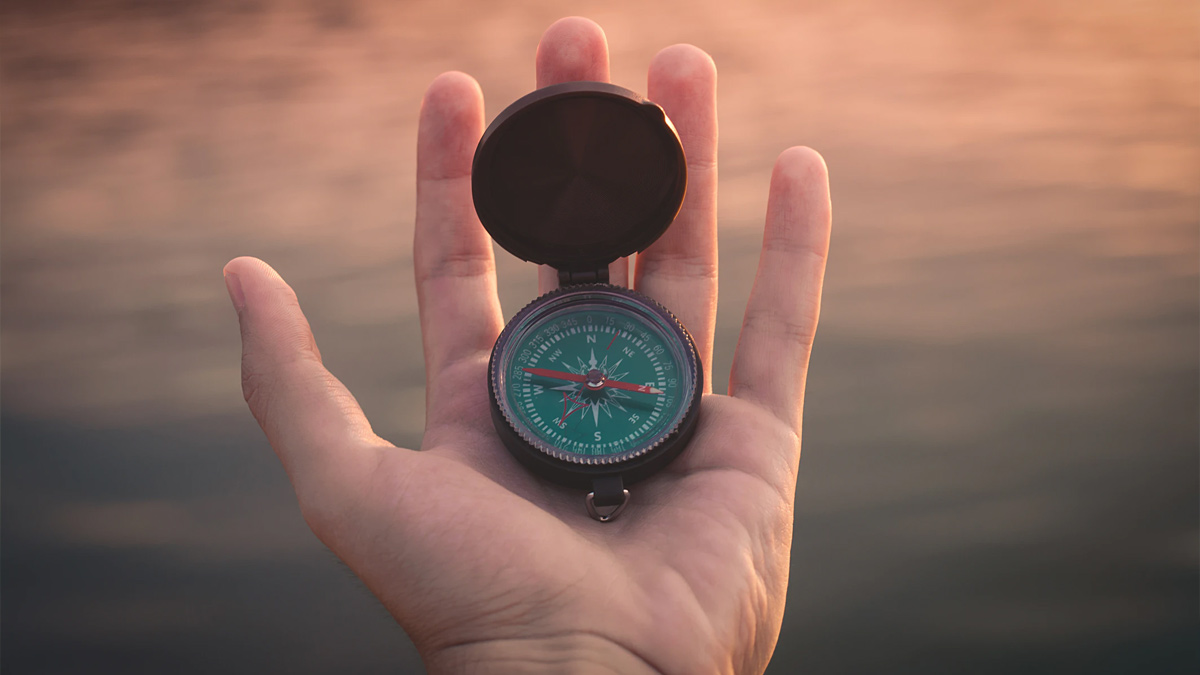on
We would all like to think we know enough to never get lost, but there are many reasons we might find ourselves in the same sort of predicament as Geraldine Largay who went missing while hiking the Appalachian Trail in Maine back in 2013.
Authorities believe that Largay went off the trail to use the bathroom and couldn’t find her way back. The site is densely wooded and in an area so remote it’s used by the Navy for survival and evasion training.
She had a cell phone with her but was unable to get enough reception for even text messages to get through. Her body was found 2 years after she disappeared and based on her journal entries she survived for approximately 26 days after getting lost.
Largay did a lot of things right – her husband knew when and where she was supposed to be and alert authorities the morning after she went missing. She made a good base camp, near a stream, and authorities believe she tried to set a signal fire. In fact, search and rescue past within 100 yards of her location, but never spotted her due to the conditions.
There are some things that can be learned from her sad story, that may help you should you ever become lost due to conditions such as she encountered, extreme weather, a mismarked trail, or illness.
10 Wilderness Survival Tips
1. STOP!
This is an acronym for Stop, Think, Observe, and Plan.

Stop: Stop moving. There’s a good chance that you’re feeling panic right after you first figure out that you’re lost. The urge is to run and find the trail. Don’t do it. Chances are good you’ll get even more lost or hurt yourself as you go flailing through the woods.
Think: Get your head going. Let the panic go. Do not let your primal brain be in control of your thoughts. Once you start thinking you can:
Observe: Look around you. What can you see or hear? At this point hopefully, you haven’t gone dashing through the woods looking for the trail. If so you’re probably still within sight or at least hearing distance of it even though you can’t see it. Take out a whistle and blow it sharply three times or yell every thirty seconds or so. Keep an eye out for people hiking. Listen for people hiking.
Plan: What’s your best course of action? Do you have a compass with you? Do you know how to read it? How much food and water do you have? Do you know where north is? Do you have a tent and sleeping bag?
2. Don’t trust electronics to save your life

Too many people today enter the wilds of America with the assurance that their cell phone, or GPS, or whatever will save them if they get in trouble. The truth is that if you trust your life to a piece of gear that runs on a battery or can die if it gets wet, then you are putting yourself in mortal danger without realizing it. In remote locations, a cell phone signal is a luxury and there are no stores to replace batteries that have died. Take one with you for sure, but don’t pull it out expecting it to save your life. That way if it doesn’t work you won’t be disappointed.
3. Know how to use your gear
One of the saddest things about Geraldine’s situation is that she had a compass in her pack, but she didn’t know how to use it. If you put a piece of gear in your pack know how to use it. A compass is not an ornament and when navigating from point to point it can save your life, but you must know how to use it.
4. Always have an emergency azimuth
Taking a compass bearing or azimuth in the wilderness.
Before going on a hike anywhere, you need to look at a map of the area where you’ll be operating in. Usually, there will be a road, or a river, or some kind of land feature that will act as a sort of handrail for where you’re hiking. For example, if you’re hiking a trail and there’s a road that parallels the trail five miles to the south, then south is your emergency azimuth.
If you wander off the trail, set 180 degrees on your compass and follow it until you hit the road. It might be a long five miles bushwhacking through dense forest, but if you follow the azimuth (or direction) you will eventually run into the road.
5. Always know where you are
As you move along the trail make sure you know where you are on the map. If you cross a stream or river find it on the map and you’ll know exactly where you are. If you’re hiking east and walk off the trail to your left what direction is that? If you said north then you’re well on your way to surviving. Let’s say you walk left (or north) far enough and lose sight of the trail and you want to find it again. Which direction would you follow on your compass to get back to the trail? If you said south congratulations because you’ll find your way back to the trail and instead of it becoming a deadly situation this incident will just be a little blip on your day.
Subscribe for FREE to Continue Reading
Subscribe for FREE to get access to all of our premium content and get an email when new content is added.
The purpose of this blog is to present preparedness ideas for those that are brand new to the idea of being prepared for various disasters. We will also provide information for experienced ‘preppers’.
Get access to premium content and more!





